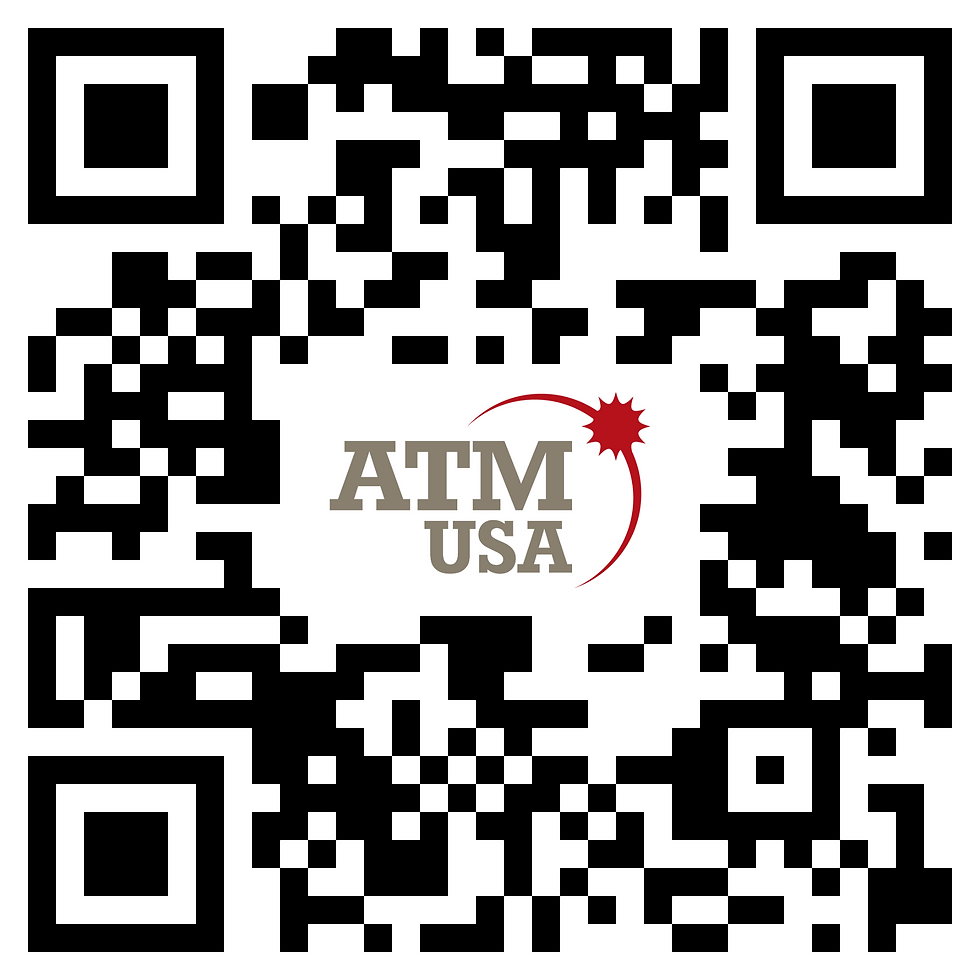The True Cost of Accepting Debit and Credit Cards
- ATM USA Team

- Feb 25, 2024
- 3 min read
Credit and debit cards provide convenience for consumers, but they come at a steep price for retailers. As fraud attempts rise exponentially and processors hike their fees, the true cost of accepting plastic continues to grow every year. Let's break down the key expenses and risks retailers take on with each consumer card swipe.

Fraud Losses Mounting Rapidly
Today the United States accounts for nearly half of global credit card fraud and these losses are projected to exceed $12.5 billion by 2025. Shockingly, it is estimated that somewhere around 80% of cards currently in circulation have been compromised in one of the many data breaches plaguing nearly every business in the past few years.
What may surprise most retailers is that fraudsters rarely go for the big money with stolen credit and debit card data. Rather they tend to target small transactions, usually under $100. Those small-dollar criminal purchases now make up 55% of all fraudulent card use.
Unfortunately, those tiny transactions add up and consumers, realizing they’ve been compromised, contact their bank or credit card company. When one of those companies initiates a chargeback, the retailer is often denied payment, even though the merchandise has already walked out the door. Still, while large retailers have resources to fight fraud, small businesses often eat those “nickel-and-dime” losses.
Compliance Costs Add Up
One of the ways the networks are working to protect consumers (and merchants) from fraud is through the Payment Card Industry (PCI) compliance standards. These requirements address everything within the card payment landscape including transmission encryption, processing, and storage of data as well as physical cards and equipment.
But, while PCI compliance helps protect the payments system, staying compliant can come at a cost. These security standards often require updated equipment and, on the payment processing end, quite a bit of code and systems updates. So, it’s hardly surprising that merchants end up footing some of the bill for that safety and security – commonly paying $79 to $120 yearly in PCI compliance fees. However, failure to meet requirements risks even heftier fees ranging from $10,000 to $100,00 or higher. While essential for security, these costs directly impact retailers' bottom lines.
Processors Raise Rates
Today’s payment landscape has generated some interesting new formats for processing charges to retailers accepting debit and credit cards. But, despite the changes to how merchants are charged, the overall costs are still going up – in large part due to added risks and regulatory costs.
Today most retailers have either tiered pricing or interchange-plus pricing models. The tiered pricing differs based on the type of transaction such as debit versus credit. The amount charged for each type of transaction is set by the individual processor.
Interchange-plus models, on the other hand, are based primarily on the interchange rates currently charged by the card networks. The processing company then takes that rate and tags on their own fees for handling the transaction – sometimes in addition to a monthly subscription fee. Overall, credit card processing fees have risen over 20% since 2021, further squeezing retailers' already thin margins.
The True Price of Plastic
Between fraud, compliance, and rising fees, retailers shell out far more than the basic processing costs to accept credit and debit payments. These compounding expenses can seriously impact cash flow, especially for small, low-margin businesses. So, what's the solution?
Cut Costs with Cash Incentives
Ironically, one of the most effective ways to reduce credit card expenses is to encourage more cash transactions. And one of the best ways to ensure consumers can readily access and pay with cash is through an on-site ATM.

Streamlining checkout for cash also signals its acceptance, while posting cash discounts where permitted informs customers of the opportunity to save. In the end, the simpler cash model cuts risks and keeps money from falling prey to rising fees and card processing expenses. Mastering the hidden costs of card acceptance is quickly becoming a key component of retailers' financial health.
The rising tide of risks and expenses associated with credit and debit transactions creates headwinds for retailers in any economic climate. But with diligence, preventative security, and incentives that make cash convenient once more, merchants can keep their business financially ship-shape.
Discover ways you can increase on-site ATM usage to help encourage cash and save money.

Brandon Tant, Account Manager
919.535.0090









Comments